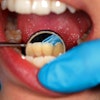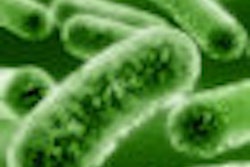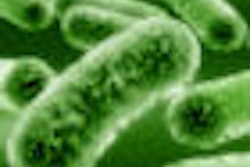A research team at the University of Rochester Medical Centre has received a $3.6 million grant from the National Institute of Dental and Craniofacial Research (NIDCR) to identify and rank the 2,000 genes that help S. mutans survive acidic build-up in the mouth. Altering these genes could reduce the bacteria's ability to survive, causing it to self destruct in its own acid.
"Our first goal is to force the major bacterium behind tooth decay to destroy itself with its own acid as soon as it eats sugar," said Robert G. Quivey, Ph.D., principal investigator in a press release. "This line of work could lead to new anti-bacterial combination therapies for many infections that have become resistant to antibiotics."
Researchers will create a library of mutant strains by removing just one of the 2000 genes from each strain. Then they will expose these strains to acid to study the exact role of each gene in protecting the bacteria against acidic build-up.
"Down the road, the finished library will enable researchers to determine every bacterial protein involved in oral disease, to learn their exact structure and to tailor drugs that interfere with them," said Robert Marquis, Ph.D., one of the researchers in a press release. "Identifying and turning off say the top four ways in which bacteria might try to resist treatment is the team’s strategy."



















